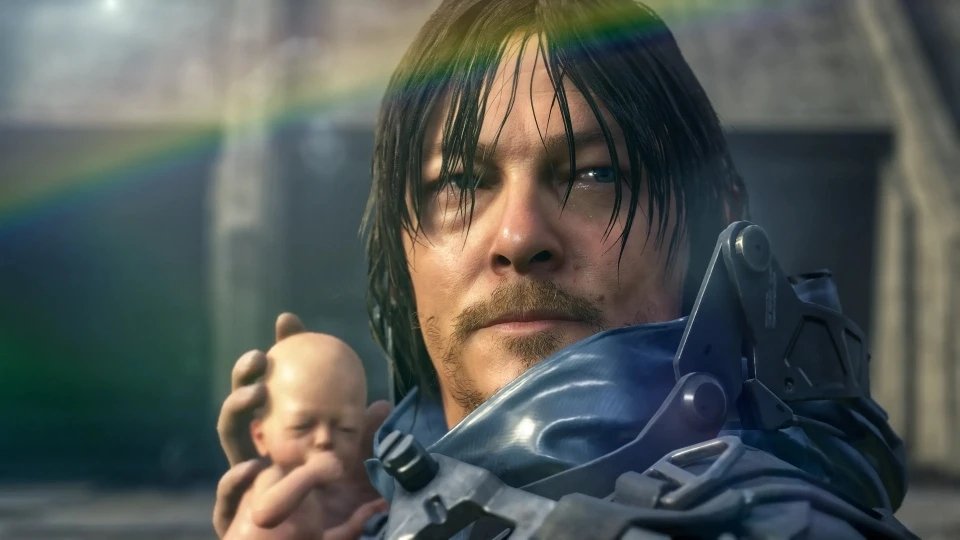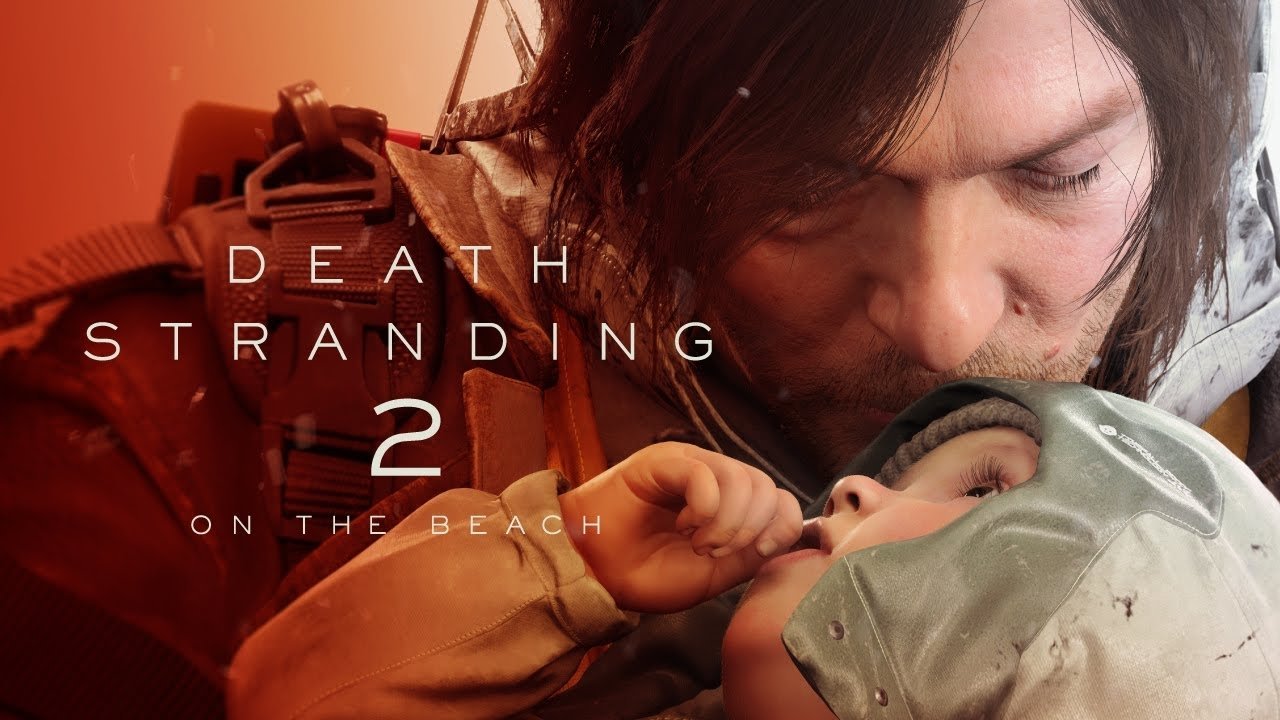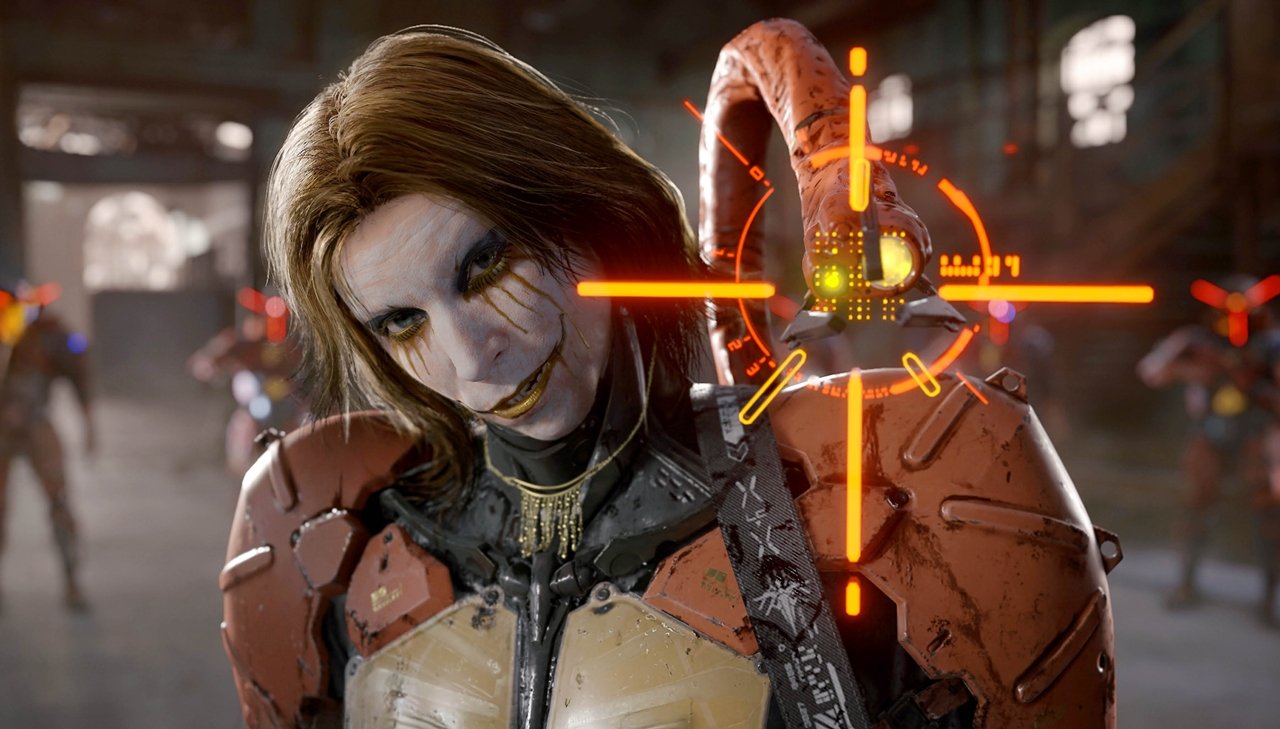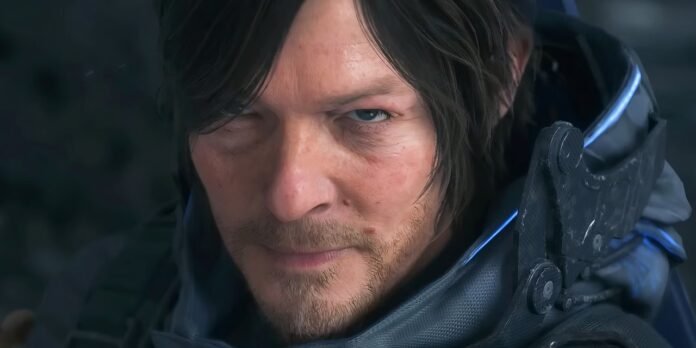
In an era where the virtual increasingly mirrors the real, a surprising phenomenon is shaking both tech and gaming communities: the visuals in Death Stranding 2—a work of digital entertainment—have fooled real-world facial verification systems.
This isn’t a hoax or a Photoshop trick. A group of players in the UK reported that they were able to pass age verification checks, which rely on selfie uploads, by submitting images of Sam Porter Bridges—the lead character portrayed by Norman Reedus in Death Stranding 2. The catch? These images weren’t modified screenshots, but raw selfies taken directly from the game using its built-in camera feature.
When Virtual Faces Become Digital IDs
Facial verification is increasingly used in countries like the UK to restrict access to adult content and confirm user identities. These systems analyze biometric features like eye spacing, skin texture, and facial proportions to estimate age or match a user to an identity.
But with Death Stranding 2, players realized that high-resolution selfies of the main character could satisfy those same systems. In some cases, the AI recognized these virtual faces as real, blurring the boundary between digital rendering and physical human features.
The story originated on Reddit, where users also reported similar success with other ultra-realistic games like Death Stranding: Director’s Cut, WWE 2K25, and Baldur’s Gate 3. It seems today’s game engines can render characters detailed enough to fool verification systems built to catch human faces.
Game Graphics Reach Hyper-Realism
This isn’t the first time a Hideo Kojima title has stunned players, but Death Stranding 2 takes realism to new extremes. Backed by advanced rendering tech, ray tracing, dynamic lighting, and full motion-capture data from real actors, the game’s visuals have reached photorealistic levels.
Sam Porter Bridges doesn’t just look like Norman Reedus—he acts like him. From subtle eye movements and micro-expressions to detailed skin aging effects, every frame feels cinematic. The built-in selfie mode isn’t just a gimmick—it’s essentially a portable photo studio, allowing players to fine-tune lighting, facial expression, and camera angles to produce high-quality portrait-like images.
When these images are uploaded to facial recognition systems, they meet the key criteria AI looks for—resolution, contrast, and biometrics—making the line between digital and physical almost indistinguishable.

A Wake-Up Call for Biometric Security
This revelation is particularly alarming because facial verification is often considered a top-tier security method. It’s used everywhere—from unlocking phones to accessing bank accounts and restricting digital content.
If video game characters can trick these systems, their reliability is now in question. Experts warn that current facial recognition still heavily depends on static image analysis, and lacks the ability to detect micro-movements or other physical markers that differentiate real humans from digital models.
Games No Longer Just Games
With Death Stranding 2, Kojima proves that video games are no longer confined to mere entertainment. They are now immersive storytelling platforms, artistic expressions, and—as it turns out—tools powerful enough to confuse advanced tech systems.
IGN once described Death Stranding 2 as a “post-apocalyptic cinematic masterpiece in an open-world poetic sandbox.” The game’s reimagined version of a devastated Australia is rendered with breathtaking fidelity—from wind-swept deserts to the emotion in a character’s eyes. Players report feeling less like gamers and more like participants in a high-budget film.
From the sound of rain on skin to the melancholic silence in character expressions, everything about the game blurs the barrier between person and polygon.

The Future: Real Illusions and Fading Boundaries
This facial recognition incident is more than a curiosity—it’s a sign of what’s to come. As digital graphics become indistinguishable from reality, can we still trust what we see on screen?
For the security industry, it’s a red flag. For gamers and developers, it’s a technological and artistic triumph. But for society, it raises a bigger question: Should virtual realism reach a point where even machines can’t tell what’s real and what’s fake?
A game that tricks biometric systems isn’t just impressive—it’s historic. And in Death Stranding 2, Hideo Kojima may have created more than just a game. He’s crafted a digital mirror to our future, where reality and simulation intertwine—and certainty fades into the fog of innovation.

